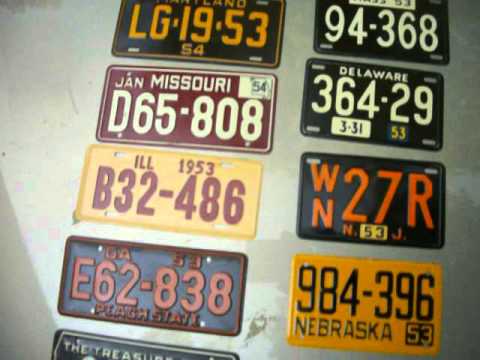Tag: road traffic

Automatic License Plate Recognition (ALPR): A State-of-the-Art Review
Abstract:
Automatic license plate recognition (ALPR) is the extraction of vehicle license plate information from an image or a sequence of images. The extracted information can be used with or without a database in many applications, such as electronic payment systems (toll payment, parking fee payment), and freeway and arterial monitoring systems for traffic surveillance. The ALPR uses either a color, black and white, or infrared camera to take images. The quality of the acquired images is a major factor in the success of the ALPR. ALPR as a real-life application has to quickly and successfully process license plates under different environmental conditions, such as indoors, outdoors, day or night time. It should also be generalized to process license plates from different nations, provinces, or states. These plates usually contain different colors, are written in different languages, and use different fonts; some plates may have a single color background and others have background images. The license plates can be partially occluded by dirt, lighting, and towing accessories on the car. In this paper, we present a comprehensive review of the state-of-the-art techniques for ALPR. We categorize different ALPR techniques according to the features they used for each stage, and compare them in terms of pros, cons, recognition accuracy, and processing speed. Future forecasts of ALPR are given at the end.
Published in:
Circuits and Systems for Video Technology, IEEE Transactions on (Volume:23 , Issue: 2 )
- Page(s):
- 311 – 325
- ISSN :
- 1051-8215
- INSPEC Accession Number:
- 13270696
- DOI:
- 10.1109/TCSVT.2012.2203741
- Date of Publication :
- 07 June 2012
- Date of Current Version :
- 01 February 2013
- Issue Date :
- Feb. 2013
- Sponsored by :
- IEEE Circuits and Systems Society
- Publisher:
- IEEE
- Download the paper here Automatic License Plate Recognition (ALPR): A State-of-the-Art Review
Link to the list of other Peer Journal Publications
Reference: Shan Du; Ibrahim, M.; Shehata, M.; Badawy, W., “Automatic License Plate Recognition (ALPR): A State-of-the-Art Review,” IEEE Transactions on Circuits and Systems for Video Technology, vol.23, no.2, pp.311,325, Feb. 2013.

